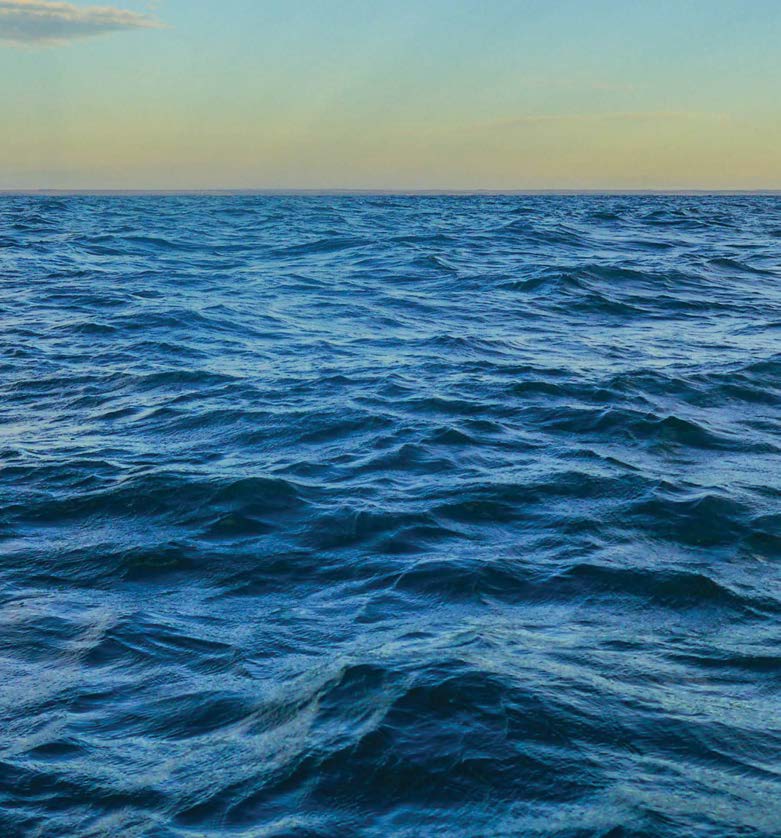Where did the water come from? According to the Bible, the water for the Flood came from two sources: from below the earth, “springs of the great deep,” and above the earth, “floodgates of the heavens.”
Where did it go? It’s still here! The water from the Flood now resides predominantly in today’s oceans and seas. Around three-quarters of the earth’s surface is presently covered by water. And here’s a little-known fact.
If one were to press down the earth’s mountain ranges just a bit and raise up the ocean basins just a bit, the entire world would be covered by approximately 1.6 miles of water right now!
Some Bible researchers believe the text indicates how God ended the Flood in Psalm 104:8–9: “The mountains rose; the valleys sank down” (ESV). “The mountains rose”: Toward the end of the Flood, new mountain ranges form because of all the tectonic activity taking place as a result of the “springs of the great deep burst forth.” This explains a couple of things.
- Some have argued that Noah’s Flood could not have covered Mount Everest for numerous reasons. We agree! Because Mount Everest did not exist until the end of the Flood when “the mountains rose.”
- This also explains why extremely fragile marine fossils are found on mountain ranges, miles above sea level, all over the world. On the Himalayas, Alps, Rockies, Andes, and even on Mount Everest itself, marine fossils are found by the truckload. How did they get there? Those critters (along with many other plants and animal) were trapped in layers of sediment that were laid down rapidly during the year-long Genesis Flood. Then, as the mountains rose up, they carried with them these newly buried creatures that were soon to become fossils.
“The valleys sank down”: As the valleys sank down, the waters of Noah’s Flood rushed into the newly formed ocean basins. As a result, massive erosion features are prominent all over the earth’s land surface.
 Loading Page...
Loading Page...



